Introduction
Step into the world of pineapple farming, where the tropical allure of cultivating your own sweet delight awaits. In this section, we'll uncover the roots of pineapple farming, exploring its economic significance and setting the stage for a journey into the vibrant landscape of commercially important fruit crops.
Pineapple farming is more than a cultivation method; it's a venture with a global impact. As we delve into its origin and economic importance, we'll unveil the modern objectives shaping the industry. This isn't just about growing pineapples; it's about contributing to a larger agricultural canvas.
Throughout this guide, we'll demystify the steps of pineapple farming, offering insights into starting your own farm or optimizing an existing one. Join us as we explore the essence of pineapple cultivation, where each step brings you closer to the sweet success of growing your own tropical delight. Let's embark on this exciting journey into the heart of pineapple farming!
Getting Started with Pineapple Farming
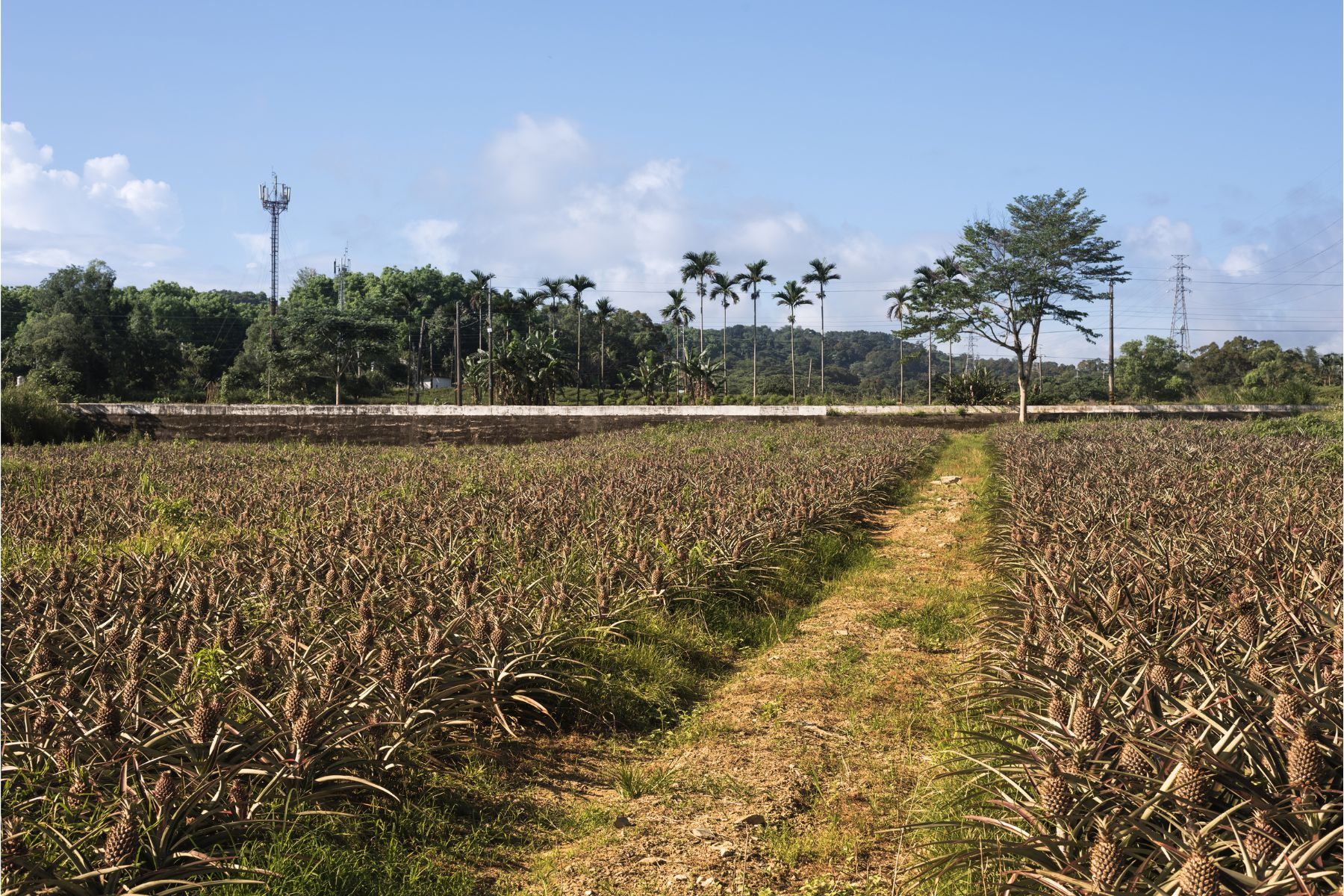
Overview of Pineapple
Description: Dive into the captivating characteristics that define the pineapple plant. Recognize its spiky exterior, crown of green leaves, and the promise of succulent, golden fruit within. Understanding the visual identity of the pineapple is the first step in cultivating this tropical gem.
Taxonomy: Explore the scientific classification of pineapples. Delve into the botanical details that place pineapples in the Bromeliaceae family and Ananas genus. Understanding its taxonomic position provides insights into the plant's evolutionary and genetic traits.
History
Precolonial Cultivation: Unearth the historical roots of pineapple cultivation. Explore its precolonial origins, tracing back to ancient civilizations that recognized the value of this exotic fruit. Understand the cultural significance attached to pineapples before their introduction to the wider world.
Old World Introduction: Trace the journey of pineapples from their native lands to the Old World. Learn how European explorers and traders introduced this tropical delight to new territories, marking the beginning of its global popularity.
Mass Commercialization since the 19th Century: Witness the transformation of pineapple from a rare luxury to a mass-produced commodity. Explore how technological advancements, particularly in the 19th century, propelled pineapple into the spotlight of commercial agriculture.
Pineapple Composition
Nutrition: Unlock the nutritional treasure trove concealed within the pineapple. Delve into its rich content of vitamins, minerals, and dietary fiber. Understand how incorporating pineapples into your diet can contribute to overall health and well-being.
Phytochemistry: Explore the plant's phytochemical profile, discovering the compounds that give pineapples their distinctive flavor and aroma. From enzymes like bromelain to antioxidants, understand the science behind the pineapple's unique composition.
Pineapple Varieties and Cultivars
Embark on a journey through the diverse world of pineapple varieties and cultivars.
Cultivars Discover the different cultivars available, each with its own set of characteristics. From the popular "Smooth Cayenne" to other varieties like "Queen Victoria" and "Red Spanish," learn about their taste, appearance, and suitability for cultivation.
Understanding the overview, composition, and varieties of pineapples provides a solid foundation for venturing into the practical aspects of pineapple farming. Armed with this knowledge, you're ready to explore the hands-on steps of growing your own tropical delight.
Pineapple Farming Basics
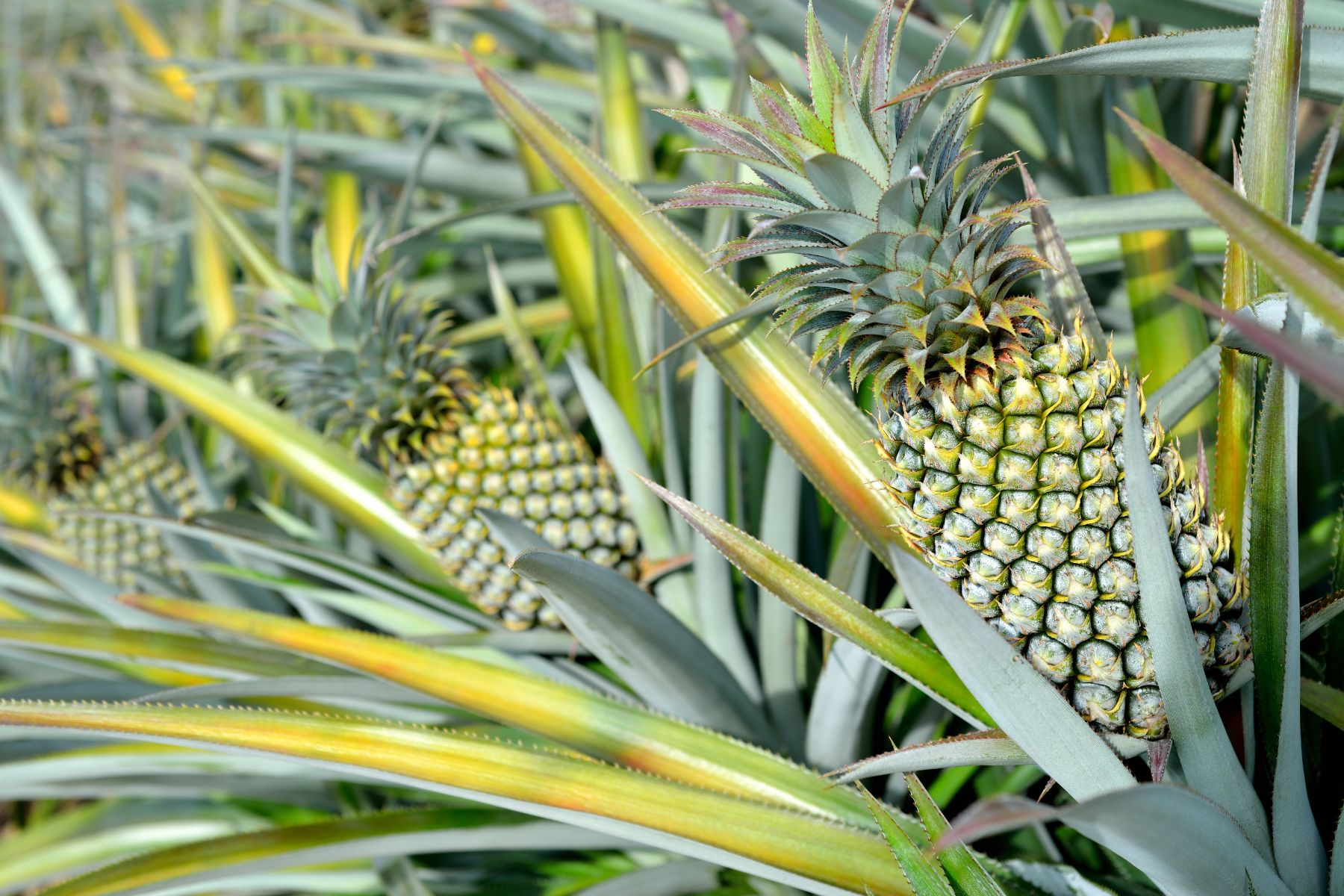
Step 1: Obtaining Pineapple Planting Material
To kickstart your pineapple farming venture, securing high-quality planting material is paramount. Opt for disease-free, mature crowns or slips from a reputable nursery. Alternatively, you can use the crown of a fresh pineapple, ensuring it's healthy and ready for propagation.
Step 2: Cutting and Preparing Pineapple
Once you have your planting material, it's time to prepare it for cultivation. Carefully cut the crown from the pineapple, ensuring a clean cut without any damage. Remove any excess fruit remnants to leave a healthy crown ready for planting.
Step 3: Choosing the Right Location for Your Pineapple Farm
Pineapples thrive in specific climatic conditions. Select a location that receives plenty of sunlight, has well-draining soil, and is sheltered from strong winds. Adequate sunlight is crucial for the plant's growth and the development of flavorful fruit.
Step 4: Land Preparation Techniques
Effective land preparation sets the stage for a successful pineapple farm. Start by clearing the land of weeds and debris. Incorporate organic matter into the soil to enhance fertility. Consider contour planting on sloped terrain to minimize soil erosion.
Step 5: Understanding the Planting Season
Timing is key in pineapple farming. The ideal planting season varies depending on your location, but generally, it's best to plant during the warmer months. Understanding the climate and local weather patterns will help you determine the most favorable time for plantation.
Step 6: Spacing Considerations for Pineapple Plants
Proper spacing is crucial for healthy pineapple growth and optimal yield. Ensure each plant has enough room to spread its leaves and receive adequate sunlight. Consider factors like wind direction and proximity to other crops when determining the spacing between plants.
High-Density Planting
Consider adopting high-density planting techniques to maximize space utilization and increase yield. This method involves planting pineapples closer together, promoting efficient land use and uniform flowering. It's a strategy that reveals its benefits in terms of overall productivity.
Step 7: Planting Methods and Best Practices
When it comes to planting, there are various methods to consider. Trench planting and contour planting are two popular techniques. Trench planting involves creating furrows for planting, while contour planting follows the natural contours of the land, reducing soil erosion. Adopt best practices for planting to ensure the establishment of a healthy crop.
By diligently following these steps and incorporating high-density planting, you set the foundation for a thriving pineapple farm. Each decision, from obtaining quality planting material to selecting the right planting method, contributes to the overall success of your cultivation venture.
Cultivation Techniques for Pineapple Farming
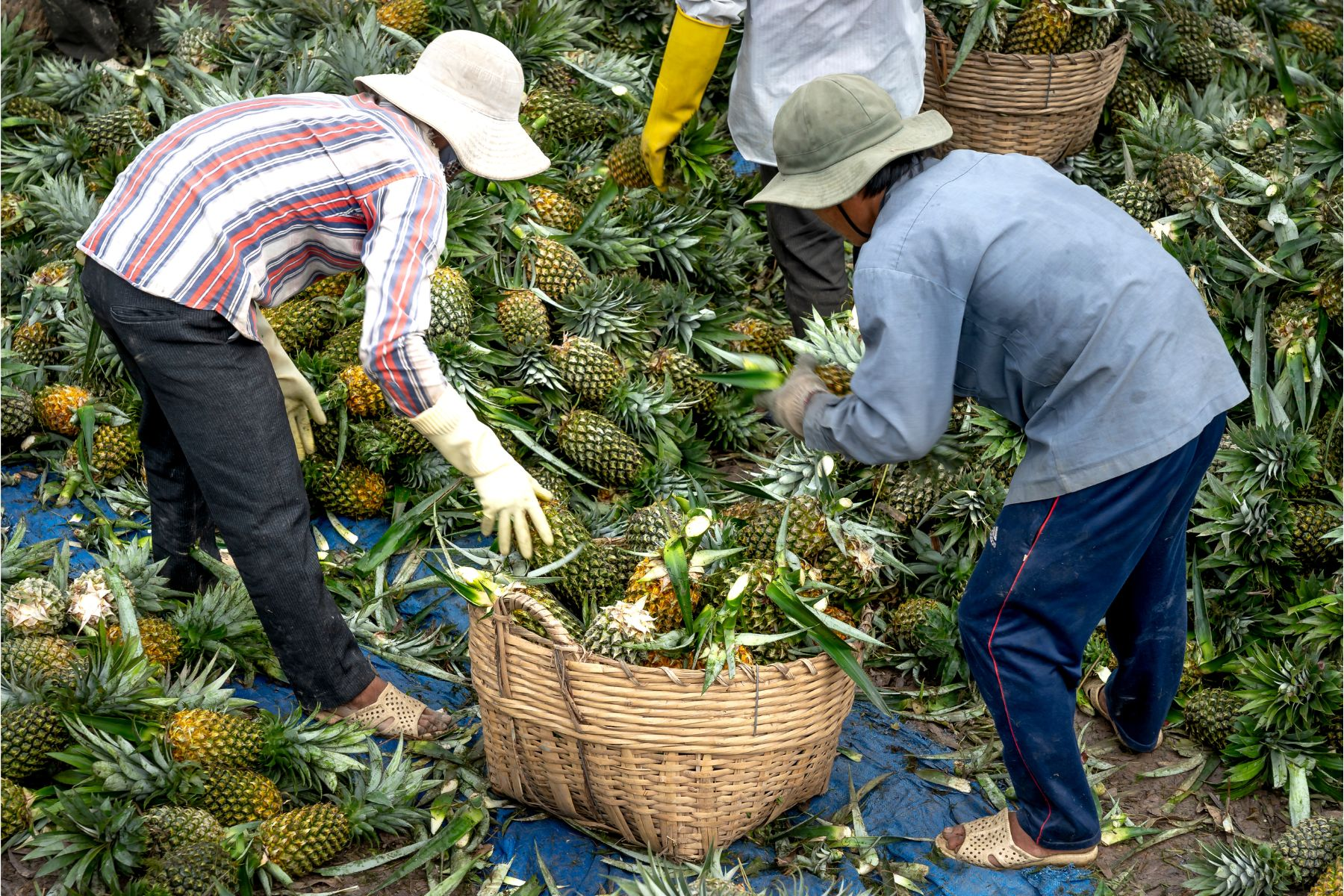
Agro-climatic Requirements for Pineapple
Understanding the agro-climatic requirements is paramount for successful pineapple cultivation. Explore the specific climatic conditions that favor pineapple growth, such as warm temperatures, consistent sunlight, and well-distributed rainfall. Tailoring your cultivation practices to meet these requirements ensures optimal plant development.
Identifying Growing Belts and Potential Areas
Discover the geographical belts and potential areas where pineapple cultivation thrives. Recognizing regions with the right combination of climate and soil conditions allows you to strategically plan your plantation. Identify areas with a history of successful pineapple farming, indicating their suitability for cultivation.
Land Preparation for Optimal Pineapple Production
Dig deeper into the critical step of land preparation. Learn techniques that optimize soil conditions, promote good drainage, and minimize issues like soil erosion and root rot. Effective land preparation sets the stage for a healthy and productive pineapple plantation.
Planting Material Treatment
Ensuring the health of your planting material is fundamental to a successful pineapple farm. Explore treatment methods that protect against diseases and pests. Proper treatment contributes to the establishment of a robust and disease-resistant pineapple crop.
Nutrition Management and Fertilization
Uncover the nutritional requirements of pineapple plants and how fertilization plays a crucial role in their overall health. Learn how to provide the right balance of nutrients to promote vigorous growth, flowering, and fruit development. Proper nutrition management is key to achieving high fruit yields.
Irrigation Techniques for Pineapple Crops
Dive into efficient irrigation methods tailored to pineapple farming. Whether relying on natural rainfall or implementing irrigation systems, maintaining optimal soil moisture is essential. Explore techniques that prevent waterlogging and ensure consistent water supply for healthy plant growth.
Intercultural Operations and Mulching
Explore essential cultural practices that contribute to weed control, uniform flowering, and improved fruit development. Learn how intercultural operations, such as weeding and mulching, enhance the overall health of your pineapple plantation. Mulching, in particular, helps conserve soil moisture and suppress weed growth.
Growth Regulators for Enhanced Yield
Delve into the use of growth regulators to stimulate flowering and enhance fruit yield. Understand how these regulators influence the pineapple plant's growth patterns and contribute to a more prolific harvest. Utilizing growth regulators strategically can result in increased productivity.
Sucker, Slip, and Crown Removal
Learn about the importance of removing suckers, slips, and crowns to maintain the health of your pineapple plantation. This step ensures that the energy of the plant is directed towards fruit development rather than vegetative growth. Effective removal contributes to uniform fruit size and quality.
Plant Protection Measures against Pests and Diseases
Identify common pests and diseases that can affect pineapple plants. Explore proactive measures, including organic and chemical options, to protect your crop. Implementing a comprehensive pest and disease management plan safeguards your pineapple farm and ensures a healthy harvest.
Mastering these cultivation techniques equips you with the knowledge and skills necessary to nurture a thriving pineapple plantation. By understanding the intricacies of each aspect, you're well on your way to a successful and bountiful pineapple harvest.
Harvesting and Post-Harvest Management
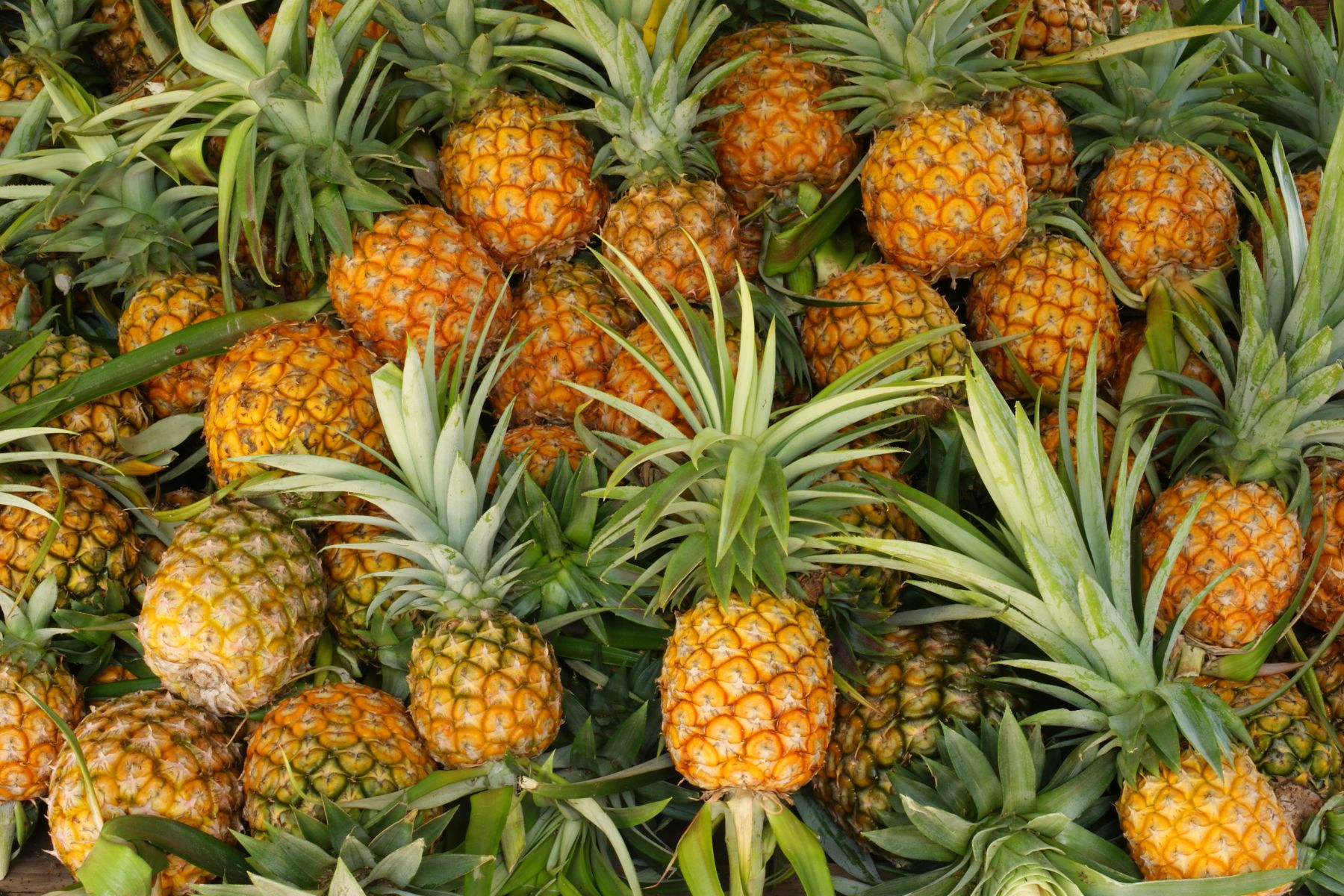
Recognizing the Right Time to Harvest Pineapples
Timely harvesting is crucial for the quality and taste of your pineapples. Explore the signs that indicate the optimum harvest time, such as changes in color, aroma, and ease of fruit removal. Recognizing these cues ensures that you pick pineapples at their peak ripeness, maximizing their sweetness and flavor.
Grading Guidelines for Quality Pineapple Produce
Understand the criteria for grading your pineapples to meet market standards. Explore factors like size, color, shape, and overall appearance that determine the quality of your produce. Grading ensures that your pineapples align with consumer expectations and industry requirements.
Storage Techniques to Preserve Freshness
Discover effective storage methods to prolong the freshness of your harvested pineapples. From temperature control to humidity management, learn how to create an environment that minimizes deterioration. Proper storage ensures that your pineapples maintain their quality until they reach consumers.
Packing Methods for Transportation
Delve into the art of packing pineapples for transportation. Learn techniques that protect your produce from damage during transit, ensuring it reaches its destination in optimal condition. Efficient packing not only preserves the appearance of your pineapples but also prevents bruising and spoilage.
Post-Harvest Handling and Marketing Strategies
Explore comprehensive post-harvest handling practices, covering everything from cleaning and sorting to packaging and labeling. Understand how to implement strategies that enhance the marketability of your pineapples. From local markets to global distribution, effective marketing ensures a steady demand for your produce.
Mastering the intricacies of harvesting and post-harvest management ensures that your hard work in pineapple farming culminates in a high-quality product that meets consumer expectations. By following these guidelines, you'll not only preserve the freshness of your pineapples but also position them successfully in the market, contributing to the overall success of your pineapple farming venture.
Pineapple in Global Context

Pineapple Farming in Africa
Introduction to Pineapple Farming in Africa: Pineapple farming in Africa plays a crucial role in the continent's agriculture and economy. The tropical climate prevalent in many African regions provides favorable conditions for cultivating this delicious fruit. Countries like Kenya, Nigeria, and Ghana have emerged as key players in the African pineapple farming landscape.
Challenges and Opportunities: Despite its potential, pineapple farming in Africa faces challenges such as fluctuating weather patterns, access to resources, and market dynamics. However, the sector also presents significant opportunities for economic growth, employment generation, and sustainable agricultural practices.
Sustainable Practices in African Pineapple Farms: To address environmental concerns, some African pineapple farmers are adopting sustainable cultivation practices. These practices aim to minimize the ecological impact of pineapple farming, ensuring long-term viability while meeting the rising global demand for this tropical fruit.
Global Pineapple Production Overview
Diversity in Pineapple Cultivation: The global pineapple production landscape is diverse, with various countries contributing to the overall supply. From tropical regions in South America to plantations in Asia and Africa, pineapple cultivation has become a global phenomenon.
Demand and Supply Patterns: Understanding demand and supply patterns is essential for pineapple farmers and stakeholders. The demand for fresh pineapples, pineapple juice, and processed pineapple products influences global production trends. Observing these patterns helps farmers make informed decisions and align their production with market needs.
Export/Import Trends: Pineapple is a widely traded commodity on the global market. Countries with surplus production often engage in export activities, catering to regions with high demand. Import trends reveal consumer preferences and market dynamics, shaping the flow of pineapples across international borders.
Market Analysis and Future Strategies
Emerging Markets: As the global middle class expands, particularly in Asia, there's a growing market for exotic fruits like pineapples. Pineapple farmers and exporters are eyeing these emerging markets to capitalize on the increasing demand for fresh, high-quality produce.
Technological Advancements: The future of pineapple farming is influenced by technological advancements. From precision agriculture to innovative irrigation techniques, incorporating these technologies enhances efficiency and sustainability. Farmers adopting these practices position themselves for long-term success.
Climate Change Adaptation: Given the vulnerability of pineapple cultivation to climate change, future strategies involve adapting to new environmental realities. This may include exploring new varieties that are more resilient to changing conditions and implementing water conservation measures.
Diversification of Pineapple Products: To stay competitive, pineapple farmers are diversifying their product offerings. Beyond fresh pineapples, there's a focus on pineapple-based products such as jams, juices, and dehydrated snacks. This diversification not only caters to varied consumer preferences but also adds value to the overall pineapple industry.
Understanding the global context of pineapple farming provides valuable insights for both local and international farmers. Whether you're a small-scale farmer contributing to local markets or a larger player in the global supply chain, a nuanced understanding of the broader pineapple industry equips you to make strategic decisions that align with market demands and future trends.
Ethical and Environmental Considerations
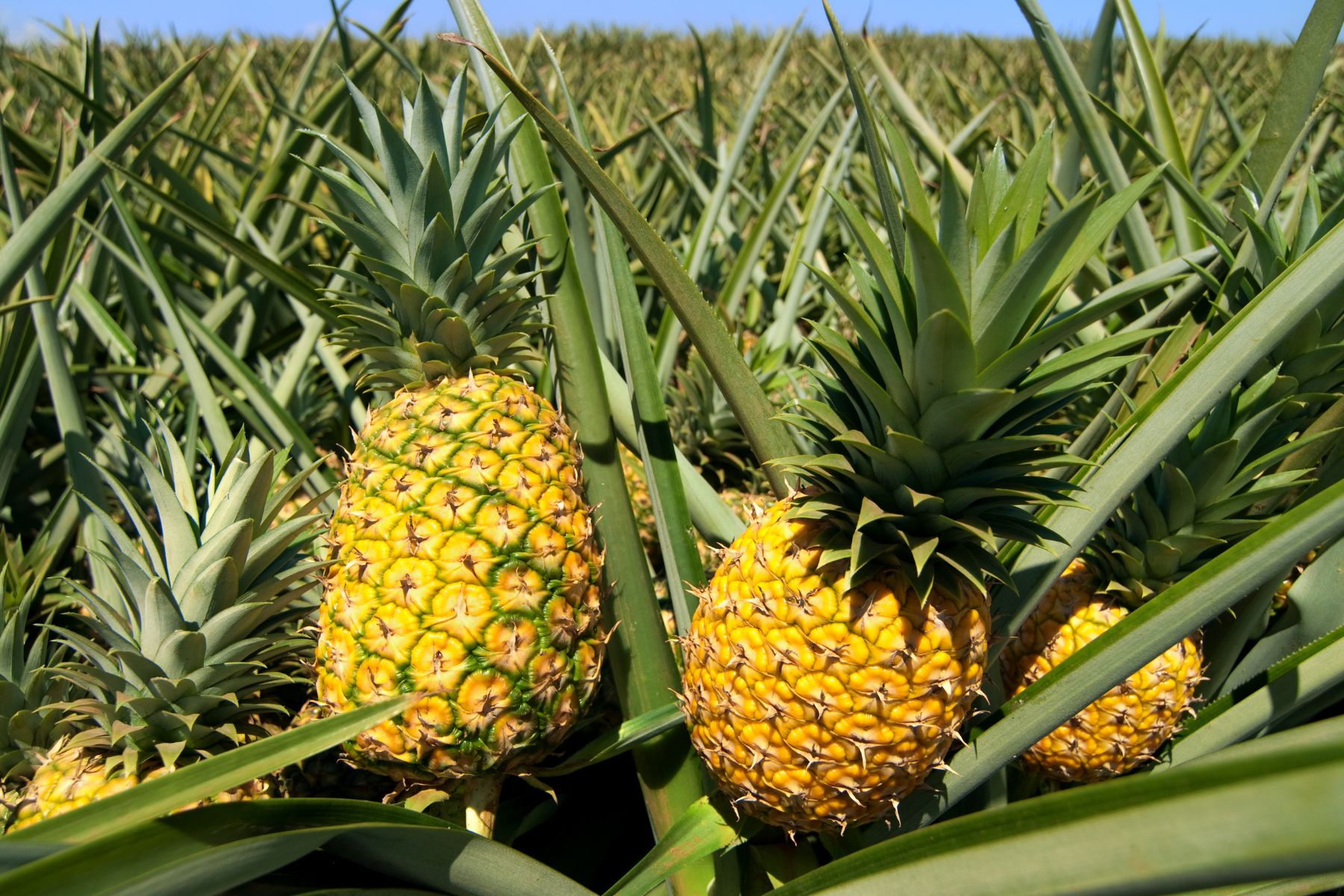
Addressing Ethical Concerns in Pineapple Farming
Fair Labor Practices: Addressing ethical concerns in pineapple farming begins with ensuring fair labor practices. Farmworkers, often vulnerable to exploitation, must be provided with fair wages, safe working conditions, and reasonable working hours. Implementing ethical labor practices contributes to the overall sustainability of pineapple farming.
Community Engagement: Ethical pineapple farming extends to community engagement. Supporting local communities by creating employment opportunities, investing in education, and collaborating with local initiatives fosters a positive relationship between pineapple farms and the communities they operate in.
Illegal Drug Trade Issues
Clarifying Misconceptions: The association between pineapples and illegal drug trade has led to misconceptions. Pineapple farmers must actively engage in clarifying these misconceptions, emphasizing the legitimate and positive aspects of pineapple farming. Open communication can dispel myths and promote a more accurate understanding of the industry.
Collaboration with Authorities: To address illegal drug trade issues, pineapple farmers can collaborate with law enforcement authorities. Establishing proactive relationships with local authorities helps create a secure environment for pineapple cultivation, ensuring the industry remains untainted by illicit activities.
Environmental Impact and Conservation Measures
Impact Assessment: Assessing the environmental impact of pineapple farming is a crucial step in implementing sustainable practices. Farmers can conduct impact assessments to understand their ecological footprint, identifying areas for improvement and implementing conservation measures.
Adopting Sustainable Practices: Farmers committed to ethical and sustainable pineapple farming can adopt practices that minimize environmental impact. This includes water conservation, soil health management, and the use of organic farming techniques. These practices contribute to the long-term health of ecosystems.
Expansion into Protected Areas
Responsible Land Use: As the pineapple industry expands, there is a need for responsible land use. Pineapple farmers should avoid encroaching on protected areas to preserve biodiversity and ecosystems. Implementing responsible land-use practices helps maintain a balance between agricultural development and environmental conservation.
Conservation Partnerships: Farmers can engage in partnerships with environmental conservation organizations. Collaborating with these organizations fosters a shared commitment to preserving natural habitats while allowing for sustainable pineapple farming practices.
Regulatory Compliance: Ensuring compliance with environmental regulations is paramount. Farmers expanding their pineapple plantations should adhere to local and international regulations that protect protected areas. This commitment to regulatory compliance reflects a dedication to ethical and environmentally conscious farming.
Addressing ethical and environmental considerations in pineapple farming is not only a moral imperative but also crucial for the long-term sustainability of the industry. By adopting responsible practices and actively participating in conservation efforts, pineapple farmers can contribute to a more ethical and environmentally friendly agricultural landscape.
Conclusion
Recap the essential insights gained throughout this comprehensive guide to pineapple farming. Summarize key points such as the importance of optimal planting material, the significance of proper land preparation, and the critical role of post-harvest management. Reiterate the factors that contribute to a successful pineapple farm.
Inspire readers to embrace sustainable and informed practices as they embark on their pineapple farming journey. Emphasize the importance of responsible cultivation techniques, ethical considerations, and environmentally friendly approaches. Encourage a commitment to practices that not only yield a sweet harvest but also contribute positively to the global agricultural community.
In conclusion, pineapple farming is a rewarding venture that goes beyond the cultivation of a tropical fruit. It involves a holistic approach that considers ethical, environmental, and social aspects. By implementing sustainable practices and staying informed about the latest advancements, pineapple farmers can not only ensure a thriving harvest but also contribute to the well-being of communities and the planet. Happy farming!

